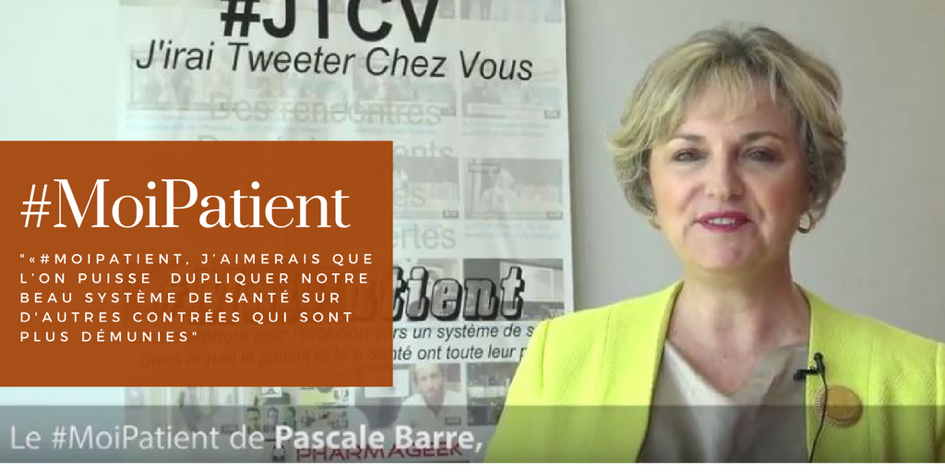Comment les start-up cherchent à révolutionner la santé via les mobiles
11/09/2013Logiciels d’aide à la prescription: deux nouvelles certifications
11/09/2013How Sensors Are Transforming the Life Sciences Industry Landscape
How sensors are having a major impact on innovation and the competitive landscape for the life sciences industry (medical devices, diagnostics and pharma)..
- Smartphones, with their portable computing power, built in sensors and always-on internet connectivity are continuing on their path to ubiquity, with over 56% of the US adult population now having smartphones, and over 500,000 new smartphone users being added every month.
- Sensor technology has continued to get cheaper, smaller and more sophisticated, with different types of sensors being combined to capture an increasing array of physiological measures.
- These sensors can be connected to smartphones via miniaturized, low energy via low energy wireless technologies such as low energy Bluetooth and Near Field Communication (NFC).
As the world population ages and more
Continuous Monitoring
Lightweight, wireless enabled sensor networks connected via smartphones to cloud/server based storage and applications make it feasible to continuously monitor physiological measures. This is enabling “aging in place” for the world’s rapidly aging population, allowing more older adults and individuals with chronic conditions to remain in the home environment while they are remotely monitored for safety.
Early Detection and Prevention
Extending Therapies from Clinical Settings to the Home
Sensors capturing movement data can be particularly useful for home-based rehabilitation, often leveraging both wearable and ambient sensors to provide augmented feedback.
Improved Adherence
MedSnap’s Medical App To Improve Medication Safety for Patients
Medication and therapy regimens are only effective if patients adhere to them. Sensors can be applied to monitor adherence and provide inputs to systems designed to improve adherence through alerts, reminders, persuasive design and gamification techniques for patients, caregivers and therapists.
Management of Chronic Conditions
The number of wearable physiological sensors connected to smartphones are expected to grow significantly over the next 5 to 10 years. As the healthcare industry faces increasing pressure to improve outcomes while lowering costs, the ability to combine data from these sensors with data from other systems to measure treatment effectiveness will become more important, not just in clinical trials, but in the context of managing population health.
Companies that are proactive in using sensor technology together with other techniques to create and demonstrate superior effectiveness will reap significant rewards in this environment.
See on www.hitconsultant.net




